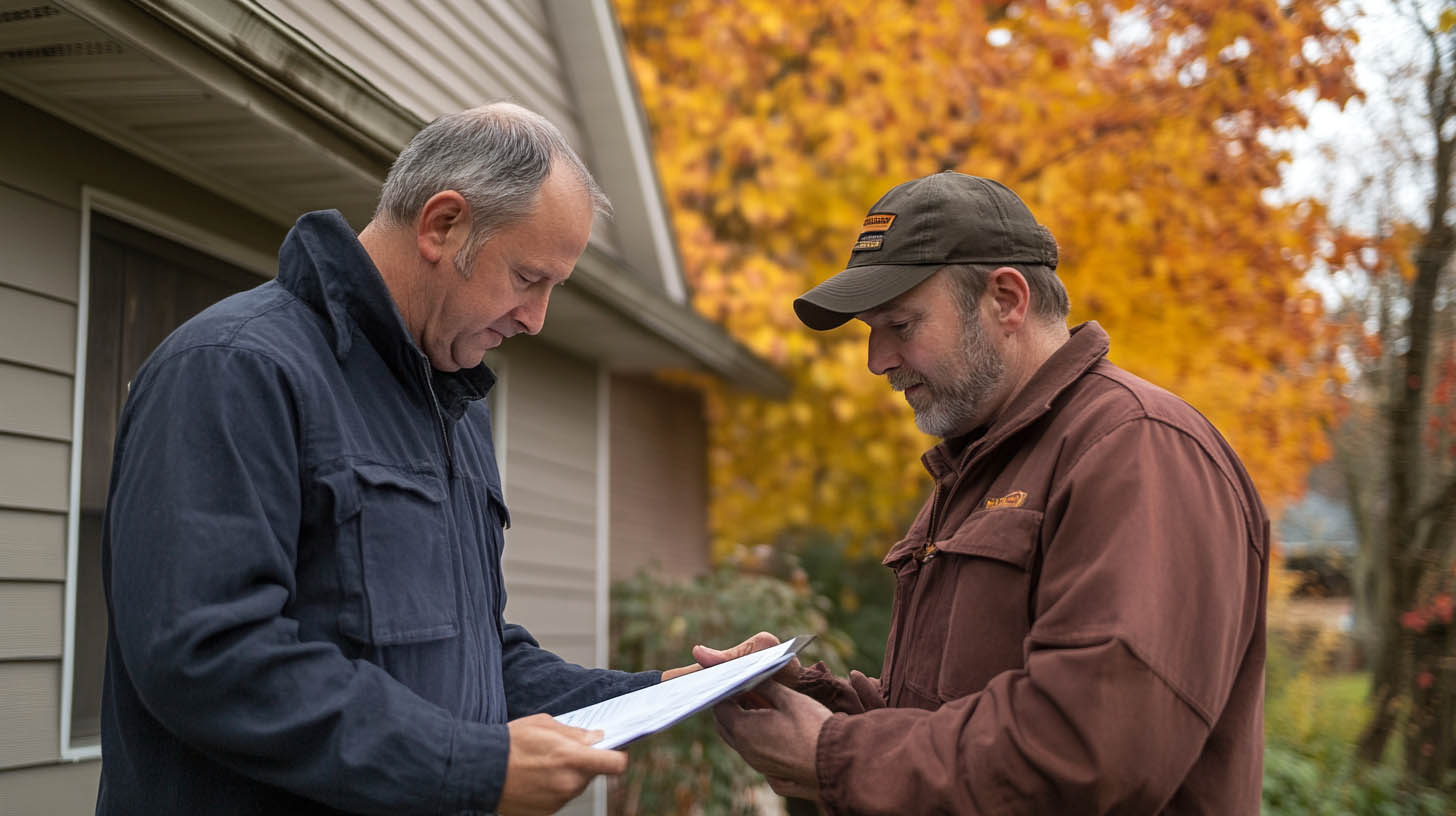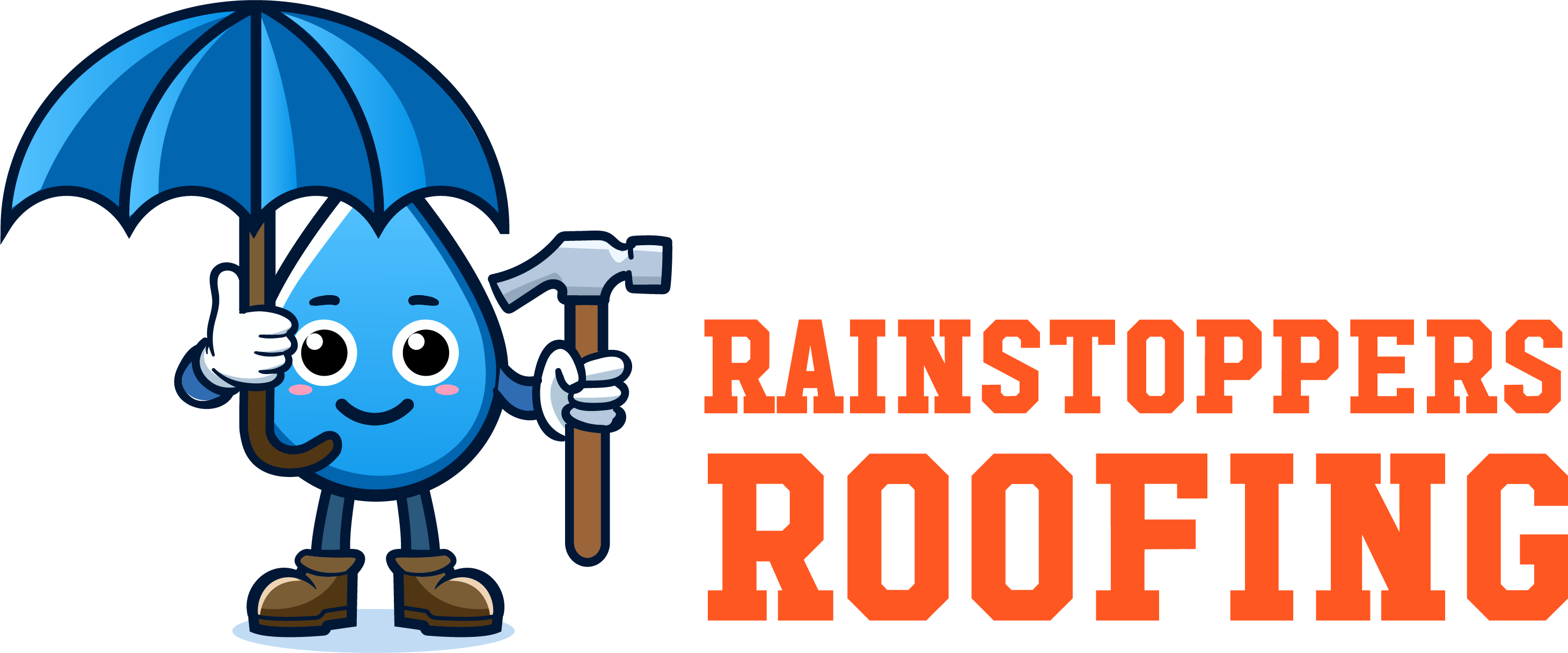
Fall is the perfect time to assess your roof’s condition after enduring the harsh summer heat and prepare it for the winter ahead. Companies like Rainstoppers Roofing in Charleston, WV, provide expert inspections to catch potential issues early and prevent costly damage.
The Importance of a Fall Roof Inspection
Proactive Maintenance Saves Money: Scheduling an inspection before problems arise is far more cost-effective than waiting for leaks or damage to occur. Minor issues identified during inspections, such as debris-clogged drains or small cracks, can be repaired on-site, avoiding costly emergency repairs.
Weather Readiness: Fall inspections ensure your roof is prepared to handle the challenges of winter, including snow, ice, and temperature fluctuations. An unchecked roof can lead to structural vulnerabilities during extreme weather.
What to Expect During a Roof Inspection
Debris Removal: Clearing leaves and debris prevents water pooling and ensures proper drainage.
Surface Assessment: Technicians examine shingles, flashing, and membranes for signs of wear, cracks, or damage.
Drainage Checks: Gutters and downspouts are inspected to confirm unobstructed water flow, reducing the risk of leaks.
On-the-Spot Repairs: Minor issues can often be resolved immediately, eliminating the need for additional service calls.
Benefits of Regular Roof Inspections
Extended Lifespan: Regular maintenance ensures your roof lasts longer, delaying the need for costly replacements.
Peace of Mind: Knowing your roof’s condition and performance potential allows you to plan for future repairs or upgrades with confidence.
Informed Decisions: Detailed inspection reports provide valuable information for prioritizing repairs and budgeting effectively.
Unique Fact: According to the NRCA, annual roof inspections can extend a roof’s lifespan by up to 30%, making them a crucial part of property management.
FAQs
1. How often should I schedule a roof inspection? Ideally, inspections should be conducted twice a year—once in the fall and once in the spring.
2. What signs indicate my roof needs immediate attention? Visible leaks, water stains, or sagging areas are clear indicators of a problem requiring urgent repair.
3. Can inspections prevent emergency repairs? Yes, addressing minor issues during routine inspections significantly reduces the likelihood of costly emergencies.
4. What should I do if my roof is nearing the end of its lifespan? A professional inspection can determine if repairs or a full replacement is the best course of action.
5. Are fall inspections suitable for commercial roofs? Absolutely, commercial roofs benefit from the same preventative care to avoid disruptions and costly repairs.
Fall roof inspections are an investment in the safety and durability of your property. By acting proactively with services from professionals like Rainstoppers Roofing, you can avoid the regret of “would-a, could-a, should-a” moments and ensure your roof is ready for the season ahead.If you want to read a blog about National Roofing Week 2024 and a celebration of roofing excellence, click here.
